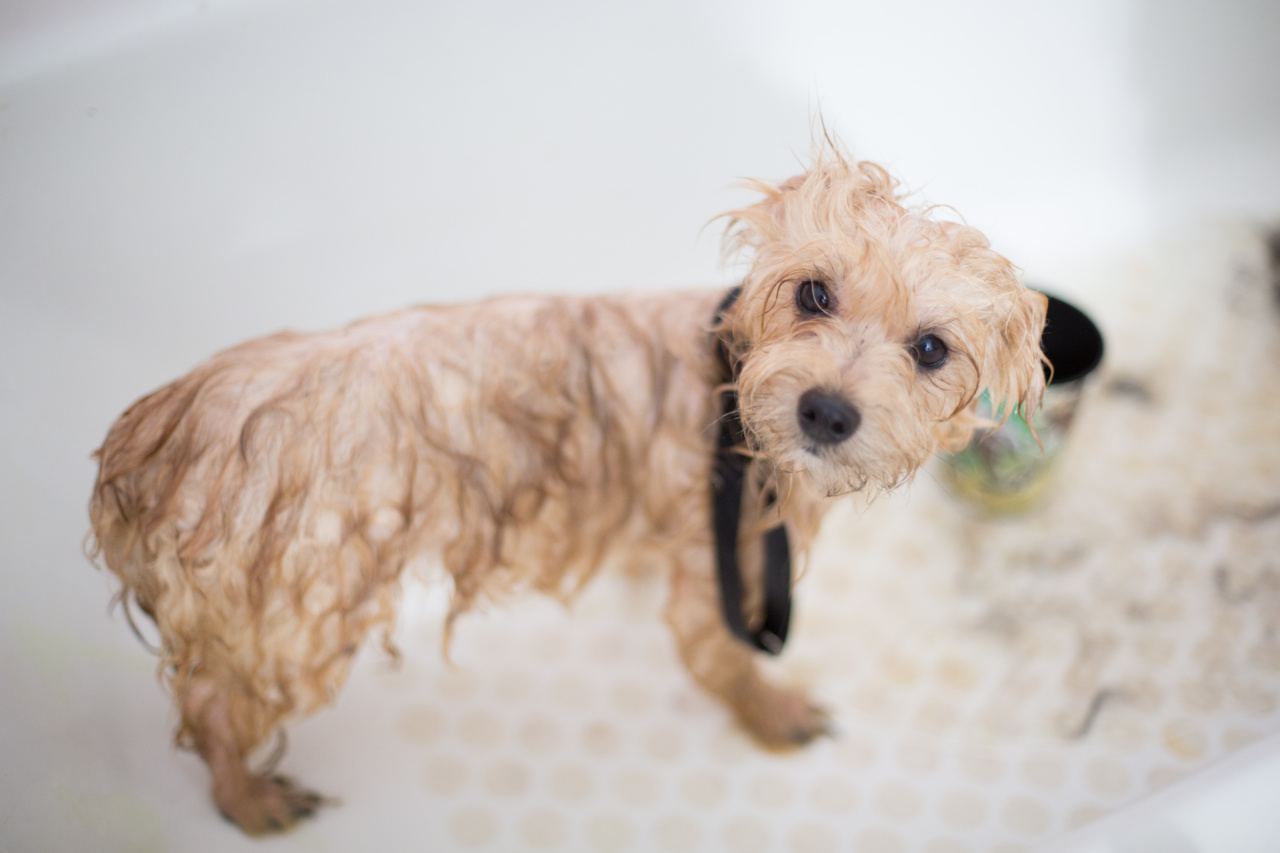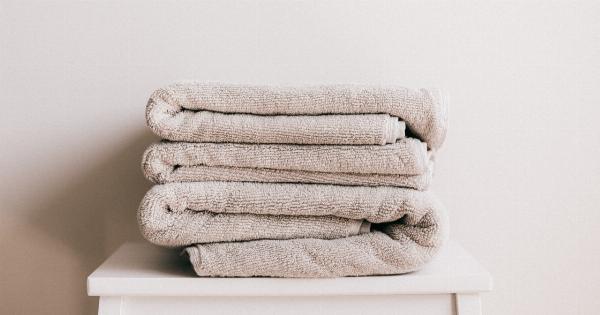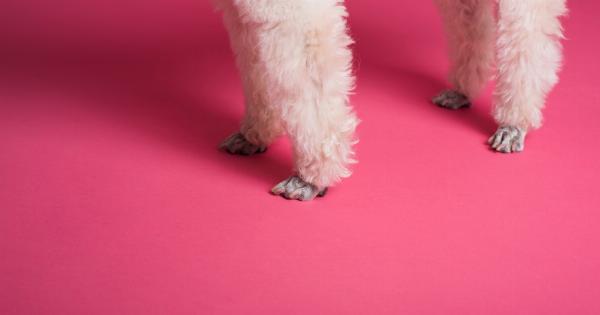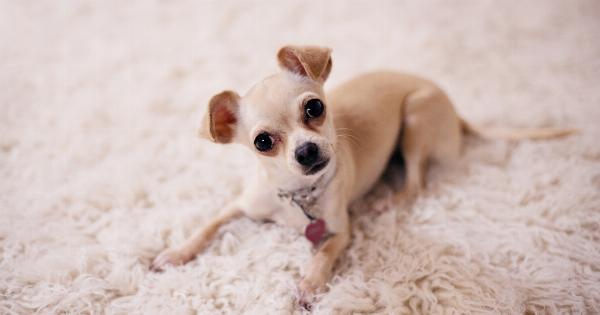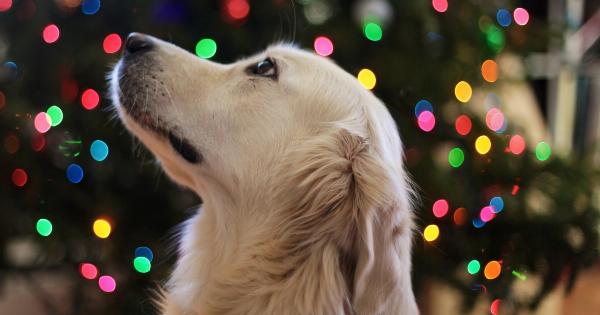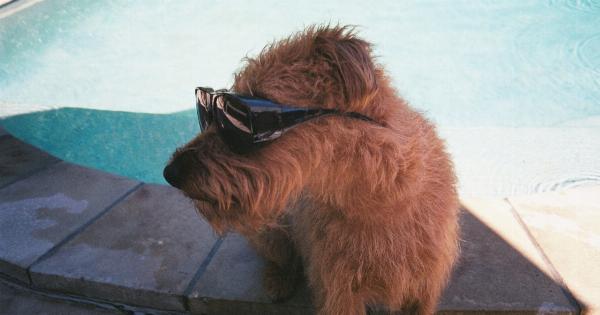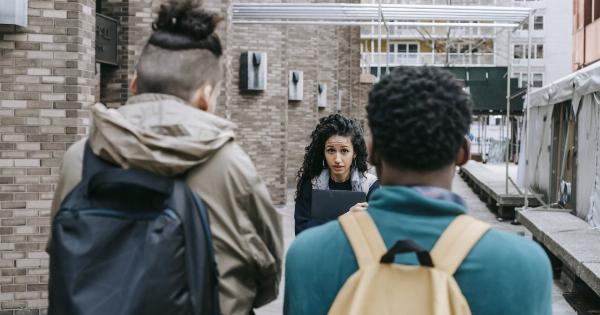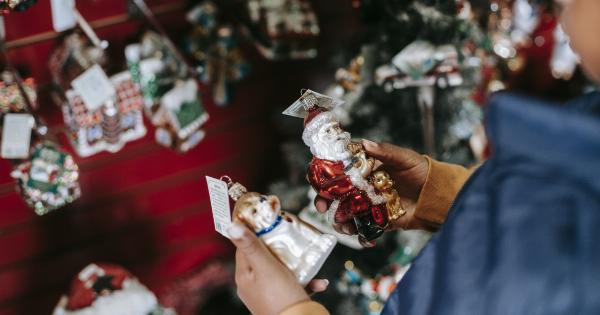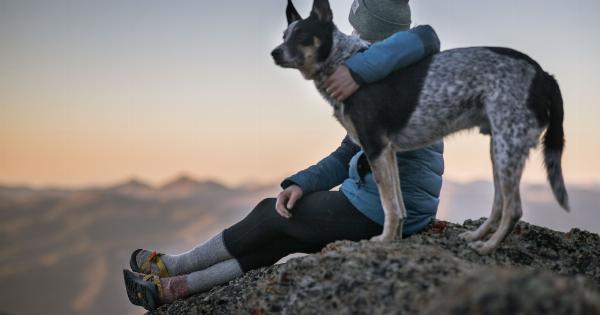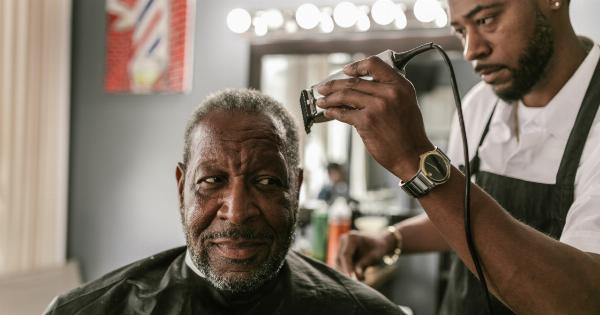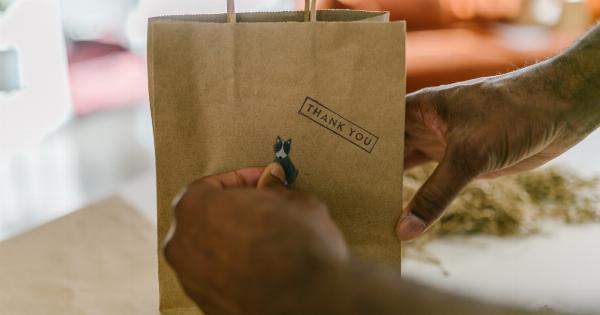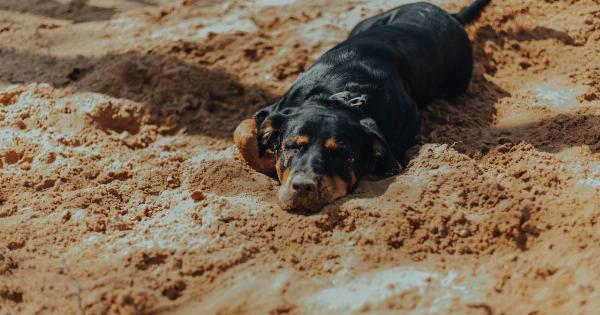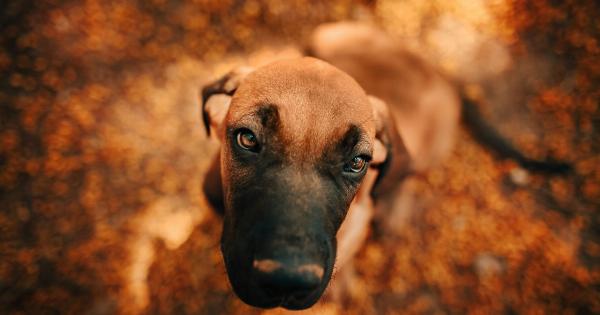Many dog owners have experienced the frustration of their furry friend rubbing against furniture, walls, or carpet right after a bath. This post-bath rubbing habit can quickly undo all the efforts put into keeping the dog clean and fresh.
If you’re wondering why dogs do this and how to stop it, you’ve come to the right place. In this article, we’ll discuss tips and techniques for properly washing your dog to minimize post-bath rubbing. By following these guidelines, you can ensure a clean and happy pooch without the aftermath of unwanted rubbing.
Understanding the Post-Bath Rubbing Habit
Dogs have their unique ways of expressing themselves, and post-bath rubbing is one of them. While it may seem like a quirk or a way to annoy their owners, there’s usually a reason behind this behavior:.
1. Scent Marking
When dogs rub themselves after a bath, they are often trying to spread their scent. Dogs have scent glands all over their body, and by rubbing against different objects, they are marking their territory and leaving their personal scent behind.
2. Drying Off
Some dogs rub against furniture or carpet after a bath to dry off excess water. This behavior is more common in dogs with thick coats or those that were not towel-dried thoroughly.
Rubbing against surfaces helps them remove water droplets and speed up the drying process.
3. Itchy Skin
If a dog has itchy skin, bathing can sometimes exacerbate the problem. The moisture from a bath can temporarily relieve itching, but as the dog dries, the skin might become even more irritated and prone to itching.
Rubbing against objects or surfaces provides temporary relief from the discomfort.
Tips for Properly Washing Your Dog
1. Brush Before Bathing
Before bathing your dog, it’s essential to brush them thoroughly. This helps remove loose hair, tangles, and mats, making the bathing process more comfortable for both you and your dog.
It also allows water and shampoo to reach the skin better, ensuring a thorough clean.
2. Use Dog-Friendly Shampoo
When bathing your dog, always use a shampoo specifically formulated for dogs. Human shampoos contain harsh chemicals that can dry out your dog’s skin and cause irritation.
Dog-friendly shampoos are designed to be gentle and safe for frequent use, maintaining the natural balance of a dog’s skin and coat.
3. Adjust Water Temperature
The water temperature for your dog’s bath should be lukewarm, similar to what you would use for a baby. Avoid extremes of hot or cold water, as they can be uncomfortable for your dog.
A comfortable water temperature ensures a pleasant bathing experience for your furry friend.
4. Provide a Non-Slip Surface
Dogs can feel insecure and anxious when standing on a slippery surface during a bath. To alleviate this, place a rubber mat or towel at the bottom of the tub or sink to provide better traction.
This will make your dog feel more secure and prevent unnecessary struggling or post-bath rubbing.
5. Slowly Introduce Your Dog to Bathing
If your dog has a strong aversion to baths, it’s essential to introduce them to the process gradually. Start by letting them explore an empty bathtub or sink without water and reward them with treats and praise.
Once they are comfortable being in the empty tub, gradually introduce water and bathing activities.
6. Rinse Thoroughly
It’s crucial to rinse your dog’s coat thoroughly after applying shampoo. Residual shampoo can cause skin irritation and itching, leading to post-bath rubbing.
Take your time and ensure all shampoo is washed away, paying special attention to hard-to-reach areas like under the legs and the belly.
7. Towel-Dry First
Before letting your dog shake off excess water, towel-dry them gently. Use absorbent towels to remove as much moisture as possible from their coat.
Towel-drying can help minimize the need for excessive rubbing and reduce the time it takes for your dog to dry off naturally.
8. Utilize a Hairdryer (Optional)
If your dog tolerates it, you can use a hairdryer on a low, cool setting to assist in drying their coat. Keep the hairdryer at a safe distance and continuously move it to prevent overheating or discomfort.
Ensure your dog is comfortable with the noise and sensation before using a hairdryer.
9. Distraction and Positive Reinforcement
After the bath, distract your dog from the rubbing habit by offering them a fun toy or engaging in an enjoyable activity.
Positive reinforcement, such as treats and praise, can also help redirect their attention and create positive associations with post-bath time.
10. Consult a Veterinarian if Necessary
If your dog’s post-bath rubbing habit persists despite following these tips, it’s best to consult a veterinarian.
Persistent rubbing can indicate underlying skin issues, allergies, or other health concerns that require professional attention.
Conclusion
By following these tips and techniques for properly washing your dog, you can minimize their post-bath rubbing habit.
Understanding the reasons behind this behavior and addressing them during the bathing process will help create a more enjoyable experience for both you and your furry friend. Remember to be patient, use dog-friendly products, and always prioritize your dog’s comfort and well-being during bath time.
With time and practice, bath time can become a pleasant bonding experience between you and your dog, free from the worries of post-bath rubbing.
